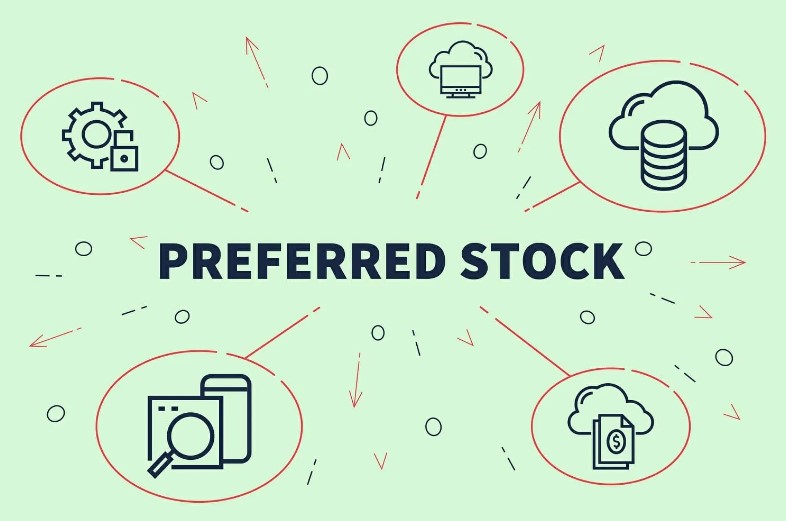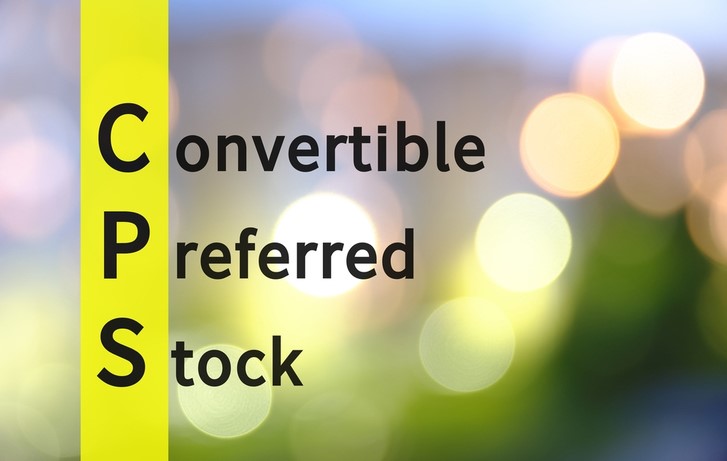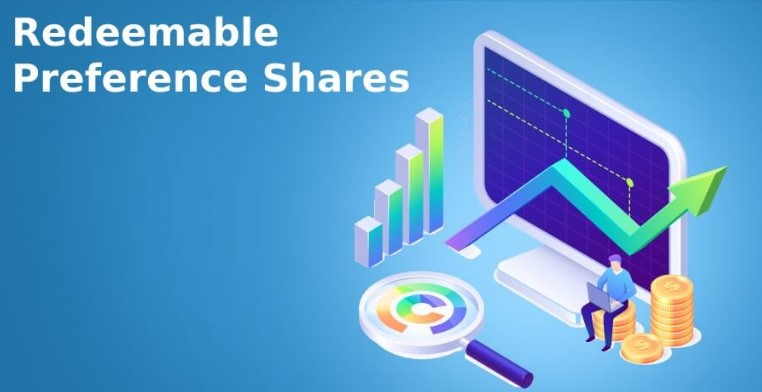
There are several companies which allow you to participate in the market by providing access to different types of shares. Traditional shares are the majority of the list, but there are still more additional ones: non-voting, redeemable, preference and e.t.c. Let’s focus our attention on the preference shares.

Firstly, the list of specific features of the asset:
- Fixed rate of dividend.
- Return of capital.
- No voting rights.
Let’s analyse them individually.
Fixed rate of dividend
The specific feature is explained by the name of the stock itself: fixed rate of dividend is paid out without any queue. This type of security has more priority in case of any payments as a dividend.
To be more specific, common dividends will be paid only after the preference share owner gets his fixed income.
In addition, there is no 100% confidence of payment, because of potential instability of the profit which may lead to insufficient amount of capital to pay.
Return of capital
Secondly, the mentioned priority of payments. As it stands, shareholders of the preference stocks are first in the queue to get their profit. Despite that, creditors still are the main priority in the payment ladder – they are getting their capital exclusively first.
No voting rights
Majority of traditional stocks have automatic voting rights. However, it is not the case with preference stocks – most of them do not contain such features.
Subtypes of preference shares which you can invest in
There are three subtypes of the asset which you can add to your portfolio:
- Cumulative. The principle of the subtype is gathered around the mandatory of the dividend payment. For instance, the business does not gain enough to pay the fixed rate. In this scenario, the unpaid dividend will be added to the next payment. It is obligated within the conditions of owning this subtype of preference stocks.

- Convertible. Such securities have an ability to be transformed into traditional stocks.

- Redeemable. This a subtype which can be bought back by the initial business which provided an investor with the share. For instance, the owner of stocks, who is an employee of the company, quits it.

Benefits
Mainly, the shareholder of such assets can be confident about the security of their portfolio, because of the preference level. This principle applies both to the paying off and the recovery of potential losses which may occur during the company’s unstable financial condition.
Drawbacks
However, the fixity of the payments can be as good as bad: as it is fixed – there won’t be any increases in the profit. Moreover, the amount of income can considerably be smaller than in case of traditional shares payments.
Right time of the issuance
The main goal of the preference stocks issuing is the opportunity to entice the risk avoiding investors by the fixed payment. It is, arguably, similar to the conditions of loan, but without any debt whatsoever which is considered to be a strong advantage.

Despite that, the owner of the security still has some degree of doubts because of the potential instability of the business’s conditions which can directly affect the payment timeliness which is, certainly, not the case with the creditors.
General characteristic features
There are multiple certain features of the assets which are exclusive:
- The ability to receive the payment before the later-purchasing market players. The amount of income the investor can gain and the fixity of such profits depends on the benchmark interest rate.
- Callability. To be more specific, the owner of this type of security can call or rebuy these stocks in the future. The principle is basic: an investor has an opportunity to repurchase the stock at a certain date which is decided by the company. It is an alike feature to come into being converted.
- Priority of the preference shareholder over common investors in case of company’s retirement and breakdown. In that case, the stocks will be divided up and given away in a preference order.
- The ability to convert preference shares to an ordinary one. Usually, the amount of such converting is preordained. However, the investor can request such transitions by himself. In case of the company’s decision to convert, the owner of the potentially changed share is informed before about the date of this transition. In addition, there are several assets that may need permission from the board of directors.
- The ability to have voting rights in very specific conditions. Conditions of the situation may be extreme to gain this ability, because, mainly, an investor has no voting rights whatsoever.
Types
Let’s analyse a more detailed list of preference shares types:
- Cumulative. As it is already being told, this is an asset which gives you the potential bonus in the dividend payment. However, it is not the additional profit: the bonus is a payment which wasn’t paid off during several circumstances (For instance, a business has difficulties to provide the fixed payment)
- Non-cumulative. It is the opposite type to the previous one: in case of a company’s financial struggles, the owner of a non-cumulative preference share won’t get a fixed payment – only the one that business can afford at the time, so there is no accumulation and recovery of the lost payment.
- Participating. The holder of the security has an ability to gain the additional profit as equity owner, when the company is liquidated after the payments have been executed to other shareholders.

- Non-participating. As it stands from the name, the shareholder of this specific asset won’t get any additional income as the equity owner: an investor can gain only a common fixed dividend.
- Redeemable. This is a buyback type of asset which can help the business to endure financial struggles. Redeemable stocks can be bought back by the business on a specific date for a fixed price which is predetermined.
- Non-redeemable. This type of preference share has no ability to be bought back by the business. The only existing condition of such an event is the company’s downfall.
- Convertible. It is a specific asset which can be converted to a common share in future after the predetermined amount of time.
- Non-convertible. This is an opposite type of security to a convertible one: it has no ability to be changed and just executes its primary function – the fixed payment. The overall priority of the dividends is given to this type of asset in case of a company’s downfall.
- Adjustable. Specifically, the changeable amount of payments which depends on fluctuations of a benchmark rate. Usually, an adjustment may occur once every three months.

Reasons to invest in preference shares
These assets are, usually, profitable for each side of the bargain: an investor and an issuer can get benefits from such capital distributions. The opportunity to receive a fixed payment with a high priority, certainly, is an advantage for a potential shareholder.
Existing risks
There are several undeniable risks which are come together with such investments:
- Inconsistency of dividends due to the market’s constant changes. The drastic swings have an undoubtedly strong influence on all levels of market. People who define this level of risk as unfittable shouldn’t make such investments.
- As good as bad: PAT-linked shares. Such assets can provide you with additional income. However, a risk/reward ratio can be extremely dangerous.
- Constant issuance of such stocks. The companies try to protect themselves in tough times, but it still may be unavoidable to lose during a strong downturn.

All-in-All, preference shares is another variant of a profitable security which has both benefits and drawbacks. It depends on your own investing strategy and the company’s confidence if you need to buy such securities and participate within this specific sector of the market.











